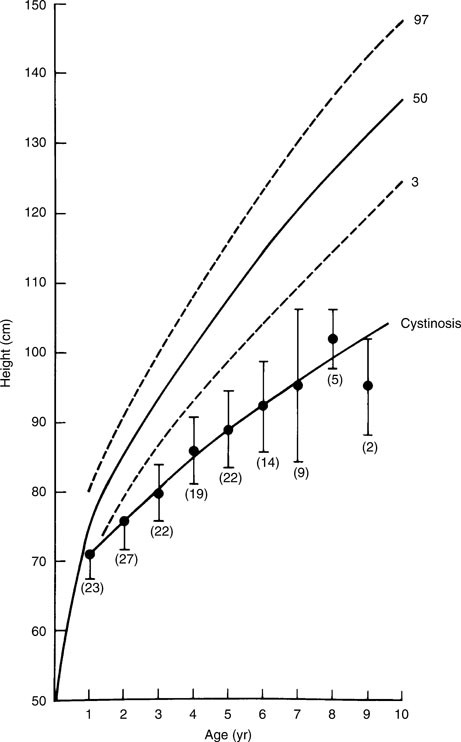
This rare inheritable disease is characterized by chronic renal phosphate wasting, where the lack of phosphate during the pivotal period of bone development especially in periods of rapid growth leads to rickets and poor longitudinal growth, resulting in limb deformities and disproportionate short stature. X-linked hypophosphataemia (XLH) is an example of a genetic condition that exerts a significant negative impact on skeletal growth and development. Factors that adversely impact bone growth in childhood will have lifelong consequences, including short stature in adulthood and potentially also deficits in bone geometry, bone strength and bone structure. The phase of skeletal growth is a critical period in childhood development. These modifiable and non-modifiable factors influence skeletal development and bone quality, as well as the occurrence of clinical conditions during adulthood, such as osteoarthritis and osteoporosis. A complex interplay of environmental, genetic, nutritional, physiological and behavioural factors plays a role in these processes. It is well established that changes in bone metabolism during the developmental stages of growth, modelling and remodelling determine long-lasting physiological parameters, such as final height achieved, peak bone mass, bone quality and bone health. The human skeleton is composed of bone, a living tissue that undergoes constant development throughout life. Proposing a Definition for a Growing and Maturing Skeleton.- Intercondylar/intermalleolar distance.Alternative Methods to Measure Skeletal Growth.Precedence with Disease-Specific Growth Charts.- Growth velocity associated with final height.- Longitudinal and appositional bone growth.- Intramembranous and endochondral ossification.In addition, it is important to make sure that puberty does actually occur and progress normally, as delayed puberty and absent puberty are difficult to initially distinguish. A child with presumed constitutional delay of growth must continue to be followed, because if puberty comes earlier or occurs at a faster tempo than expected, the child may not achieve the expected adult height. For example, a girl with Turner syndrome could have a delayed bone age due to lack of estrogen production, but her predicted height based on bone age is still likely to be low for the family.Īnother caveat is the timing of puberty. If the predicted height based on the bone age is still below the height expected for the family, further work-up is still indicated. However, there are several caveats to the diagnosis of constitutional delay of growth. If the bone age and pubertal stage are delayed, the child would be expected to have a later puberty than average and catch up in height by growing longer than average. If a child's height is below what is expected for the midparental height, the growth velocity is normal, and there are no signs of other disease, the next step is to assess the child's degree of pubertal development and obtain a bone age. Assessing the child's BMI or weight for height is also important, as insufficient calorie intake or calorie loss from issues such as malabsorption will also cause poor growth. An abnormal growth velocity requires further work-up into endocrine (hypothyroidism, growth hormone deficiency, sex steroid deficiency, cortisol excess, etc.) and non-endocrine causes (cardiac, renal, hepatic, gastroenterologic, hematologic or other disease) of growth delay. If the child has been growing at a normal growth velocity over time, pathologic causes of short stature are less likely. Plotting growth points and BMIĪnother important step is to plot previous growth points. If the child is within the range of their mid-parental height, the child likely has familial short stature (assuming the parents did not have medical issues limiting their growth). The next step is to obtain the parental heights and calculate a mid-parental height (taking the average of the parent's heights in inches and adding on 2.5 inches for a boy and subtracting 2.5 inches for a girl).

The first step to take when seeing a short child is to carefully measure them and be certain their height is plotted accurately on the correct age and sex growth chart. While constitutional delay of growth, or being a "late bloomer" is a common cause of short stature, it should be considered a diagnosis of exclusion, first requiring ruling out other causes of short stature. From a healthcare professional: If a child's bone age is delayed, are they always a late bloomer?


 0 kommentar(er)
0 kommentar(er)
